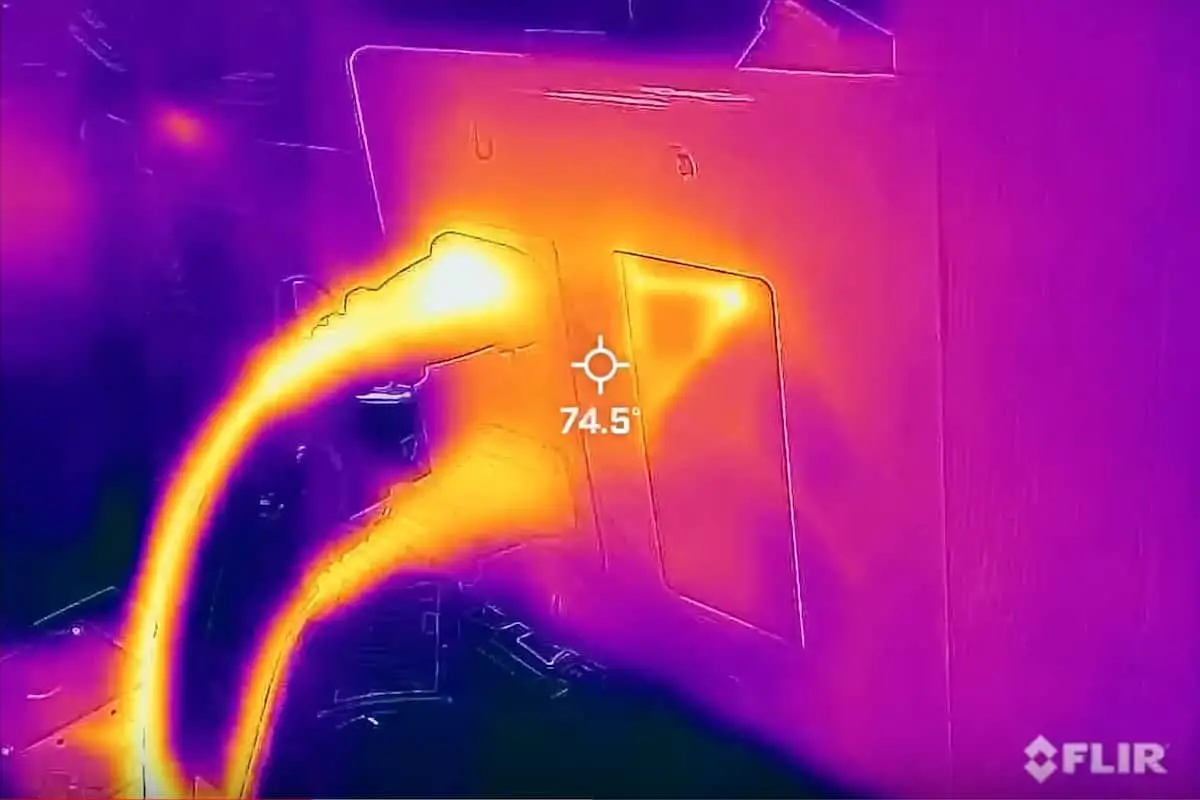In this article, I’ll be addressing the most common feedback I get from professional electricians regarding WAGO 221 lever nuts, which is that they’re prone to failure, they create heat, and there’s not enough contact surface area.
If you’ve checked out our videos and articles, you know that I’m a big fan of these WAGO connectors. I use them in my own home and in my rental properties. I highly recommend them to do-it-yourselfers and promote them in the Electrical section of my Amazon store.
So today I’m going to do a little test that should settle this debate once and for all. The test will subject these WAGO lever nuts to a heavy electrical load for twenty minutes.
In this test, I’ll be powering both a space heater and a heat gun off the same circuit. My power source will be the EcoFlow Delta Pro power station. With EcoFlow’s output capacity of 30 amps at 120 volts, we’re going to go beyond the amperage of the test circuits I’ve created. The EcoFlow display will also give me statistics regarding wattage so that I can calculate the amperage the circuit is being subjected to.
Safety Note: Do not try this at home. This test scenario bypasses a circuit breaker and will create a potentially dangerous situation due to the heavy electrical load.
Rather watch than read? Check out this 9-minute video.
DISCLAIMER: This video and description contain affiliate links, which means that if you click on one of the product links, I’ll receive a small commission.
Testing WAGO Lever Nuts with a Heavy Load: The Test Setup
The test circuits I created are comprised of 20-amp receptacles and 12-gauge Romex. This is typically what you’d see in a 20-amp circuit in your home. I’m going to push the load to 22-24 amps to see how hot the components get.
I want the test setup to be as close to reality as possible, so I’m going to put a face plate on the box and a blank in the empty spot in the face plate so that the retention of heat inside the electrical box mirrors what it would be in a home environment.
In order to have a frame of reference, I’ll first set a baseline by running the test on the circuit with the receptacle directly connected to the hot wire.
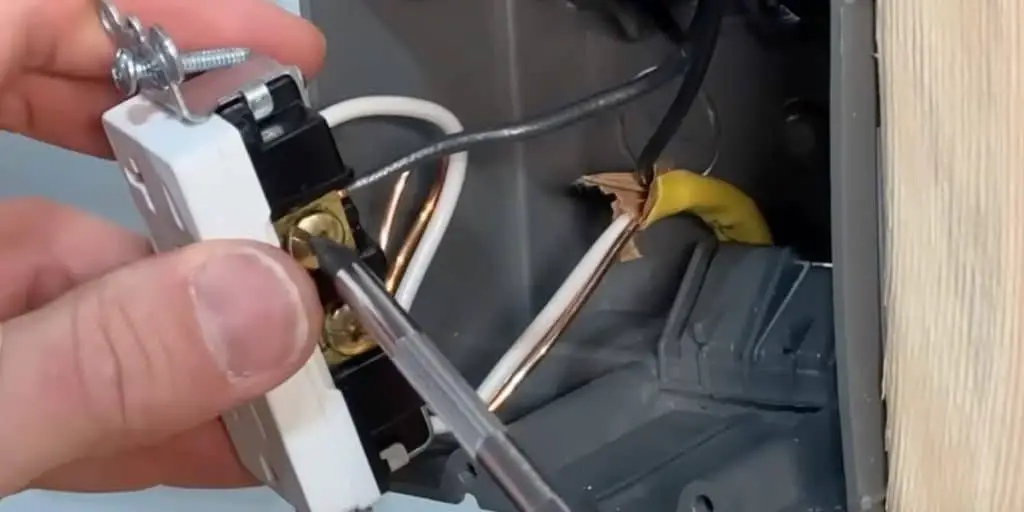
Then I’ll run the space heater and the heat gun for twenty minutes, taking temperature readings at five-minute intervals.
Once we have our baseline temperature readings, I’ll run the test under two other scenarios: with a classic wire nut as the connector, and then with a WAGO 221 lever nut.
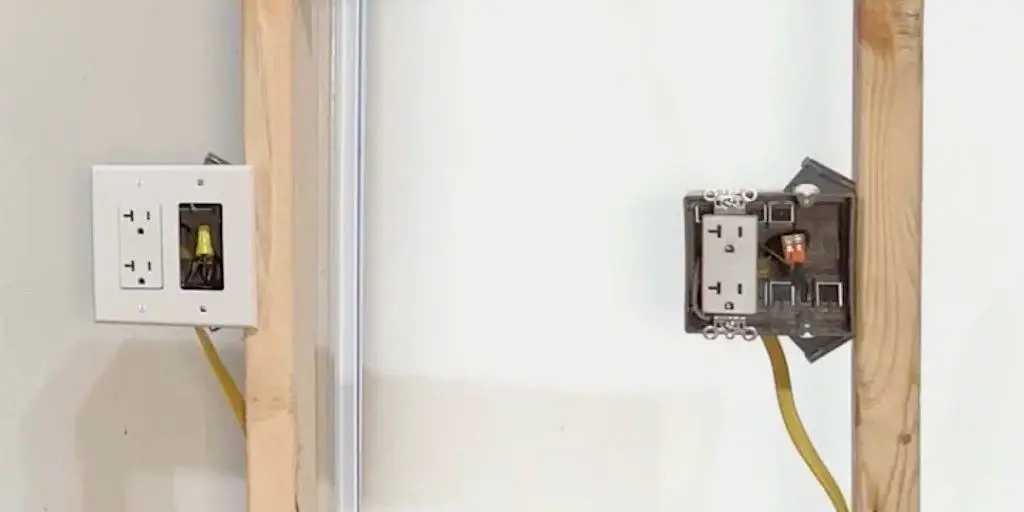
In both these test scenarios, I’ll use the same amount of current for the same duration, taking temperature readings every five minutes.
With the resulting readings, we’ll know definitively how hot these WAGO 221 lever nuts get under a heavy electrical load. Then you can be the judge of whether there’s some validity to the concerns surrounding these connectors.
Testing WAGO Lever Nuts with a Heavy Load: Amperage of the Test Scenario
To create the heavy electrical load, I’ve turned the space heater up to the max setting and the heat gun to the second to highest temperature setting plus the maximum fan setting.
Looking at the display of the EcoFlow Delta Pro power station, the wattage is hovering around 2800 watts. To get the amperage, I divide that by 120 volts, giving us about 23 amps.
Testing WAGO Lever Nuts with a Heavy Load: Instrument for Measuring the Heat
I’ll use a FLIR thermal imaging camera to measure the heat inside the electrical box. This super-handy gadget connects right to the lightning port of an iPhone.
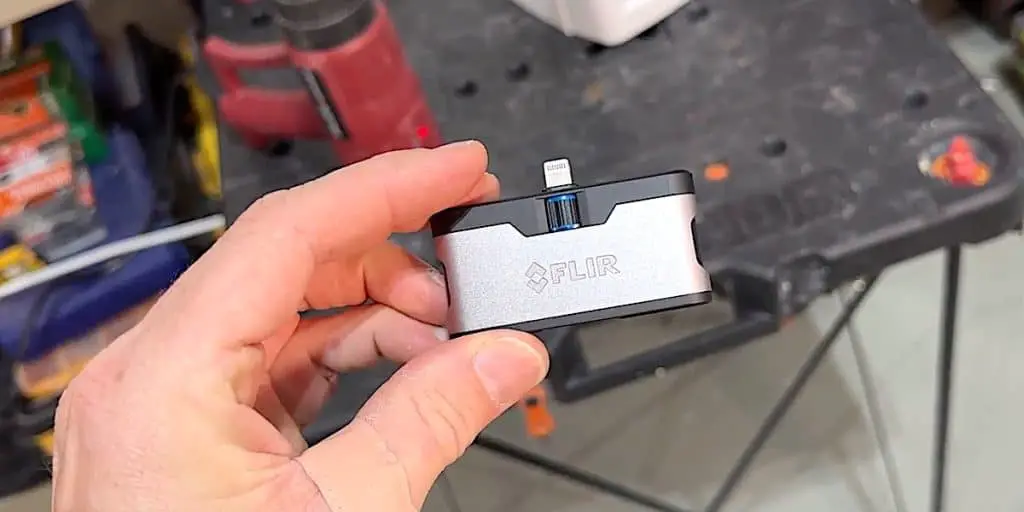
Here’s an example of the kind of images it gives you:
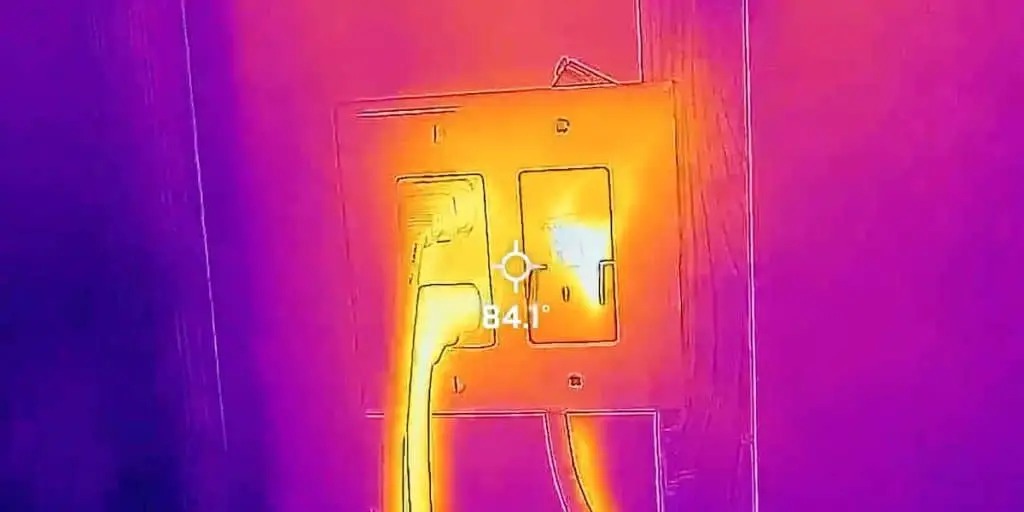
To get the temperature readings, just put the crosshairs on the point you want to measure.
Testing WAGO Lever Nuts with a Heavy Load: Heat Readings
For each run of the test, I’ll comment on a few things, then summarize everything in a chart at the end.
Baseline Test
After five minutes of running the test, the upper plug is about 84 degrees F.
Now I’m going to point the crosshairs of the thermal imaging camera at the spot where I know the hot-wire screw terminal to be on the receptacle inside the box. I find that the highest temperature is also about 84 degrees F at this interface.
At the end of the test (after twenty minutes), the temperature of the screw terminal of the receptacle inside the box is 98 degrees F.
Wire Nut Test
After five minutes, the temperature of the wire nut connection is around 90 degrees F, with a high of 94 degrees. Ten minutes in, I got a reading of 97 degrees. After twenty minutes, we got up to 105 degrees.
It’s also normal for the Romex to heat up under these conditions. After ten minutes, my Romex has heated up to 82-84 degrees.
Considering the load of 23 amps — which is well above what you’d be able to impose on this circuit in a household setting because your 20-amp breaker would trip when the load got to 20 amps — the wire nut connection only got up to 105 degrees F. It’s rated for 221 degrees, so we’re well below that maximum.
WAGO Lever Nut Test
Before we get into the test results, let’s talk for a sec about how a lever nut makes a connection. With a WAGO, the electrical connection is made by laying the conductor across a bus bar, which is then pressed and held against the bus bar when you close the lever.
So now let’s look at the temperature readings of the WAGO lever nuts:
- After five minutes, 103 degrees F
- After twenty minutes, 115 degrees F
Testing WAGO Lever Nuts with a Heavy Load: Comparing All the Test Results
What we see in the chart is the readings for all three test scenarios compared to the maximum temperature rating.
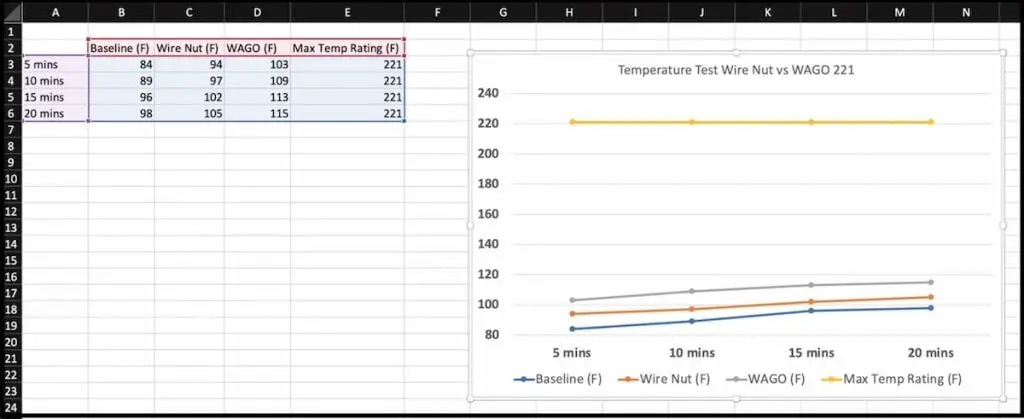
As expected, our baseline test with the back-wired receptacle had the lowest temperatures, about the same as the plug coming into the outlet. The connection with the wire nut incurs a little more resistance as the current goes across the two conductors, which creates a bit more heat. The WAGO lever nuts did have the highest temperature readings, which substantiates to a point the issue of contact surface area.
Looking at all the test results in relation to the maximum heat rating, however, really puts it all into perspective. While the WAGOs did create more heat than the wire nut connection and the directly wired receptacle, the temperatures were still well below the maximum ceiling. Considering that I imposed a very heavy load on this 20-amp circuit — 23 amps for twenty minutes — I have more confidence than ever in the WAGO 221 lever nuts.
Testing WAGO Lever Nuts with a Heavy Load: Conclusion
As one of our viewers commented, a poorly installed wire nut could pose a bigger potential issue than the higher resistance of WAGOs. When it comes to DIY applications, I think this is a key consideration. For a do-it-yourselfer, WAGO lever nuts are a great option because they give you a secure connection, even if you have limited experience or skills.
Other Electrical-Related Videos and Articles
- 10 Things You Didn’t Know About Outlets (video)
- Dangers of Speed Wiring | Why Back Wiring an Outlet is Best (article)
- How to Wire a GFCI Outlet (article)
- Why Use a Pigtail When Wiring an Outlet (article)
- 21 Facts and Features of a Standard Outlet (article)
To Leave Comments and Questions
Comments from our viewers are a gold mine of information. If you have something to contribute, please leave a comment under the YouTube video. You can post questions there as well; I check the comments daily and am happy to help out.
Subscribe to our channel! We have weekly videos coming out to help you with your everyday home repairs.
We’ll catch you on the next one! Take care.
